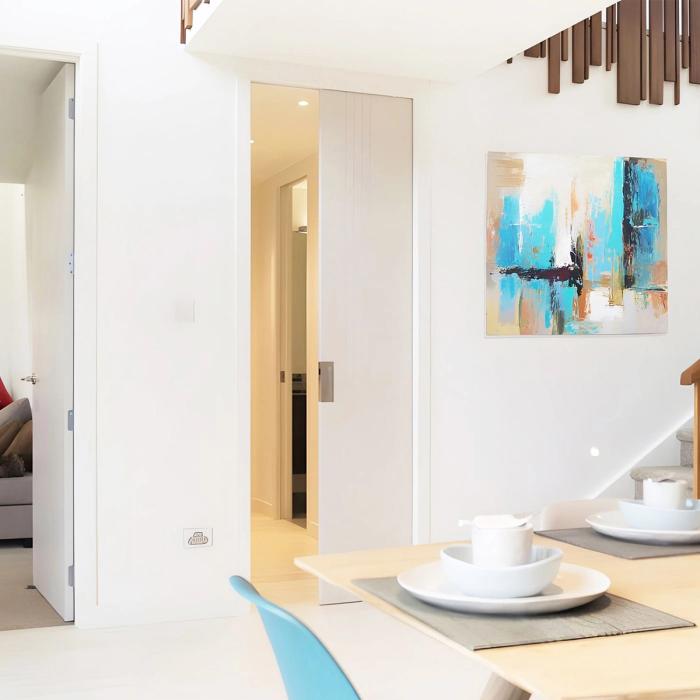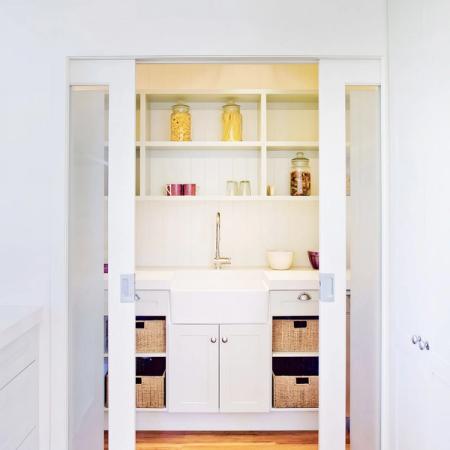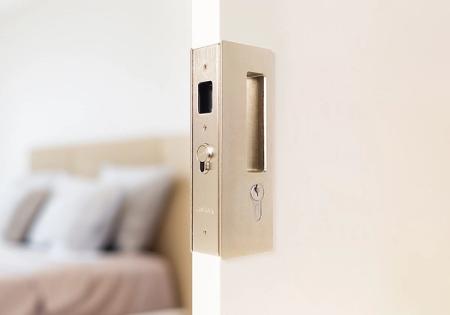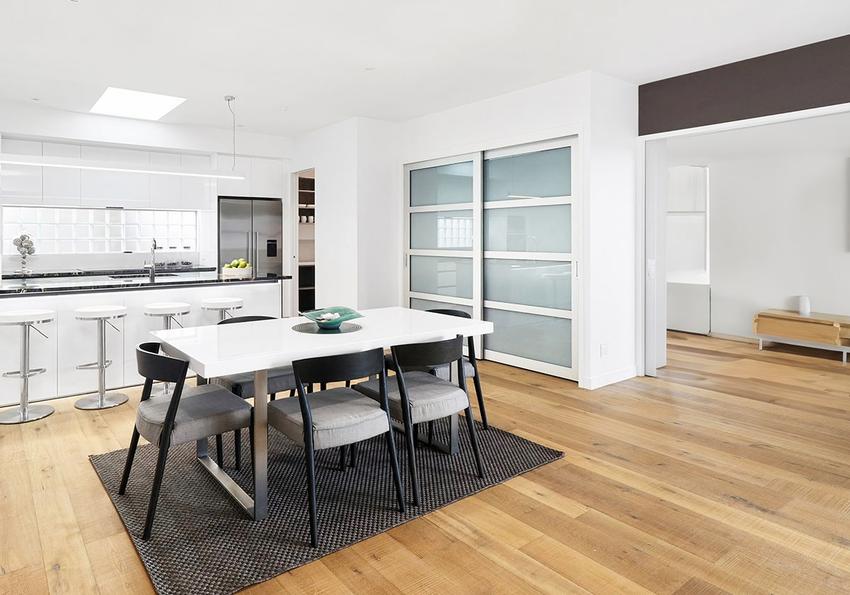What is a Cavity Slider?
In New Zealand, where our company originates, the term “cavity slider” refers to what is commonly known as a “pocket door.”
A cavity slider is a door that slides into a concealed cavity within the wall when opened. Unlike traditional hinged doors that swing open, cavity sliders disappear into a recessed space, providing a sleek and space-saving solution.










